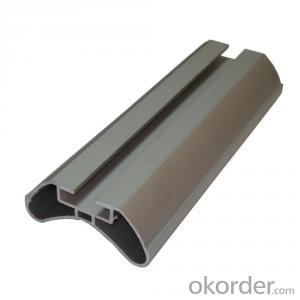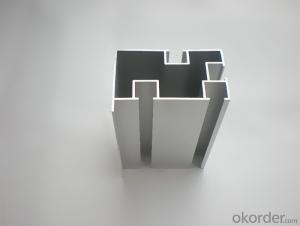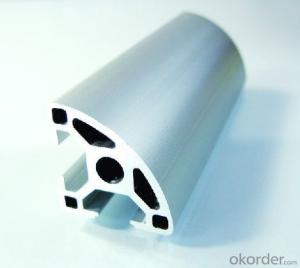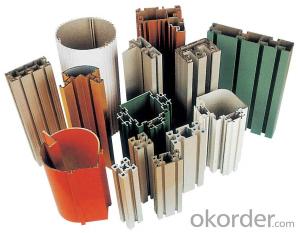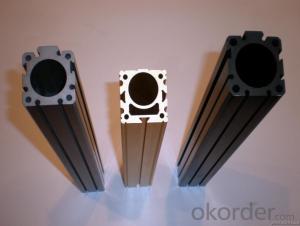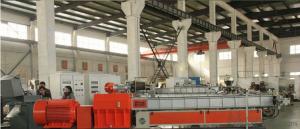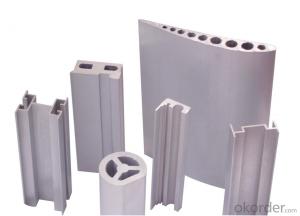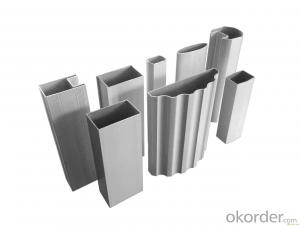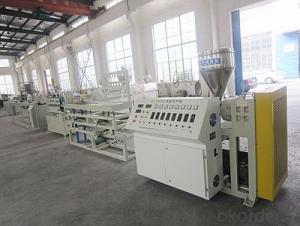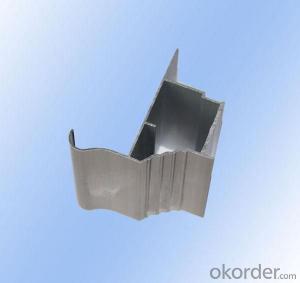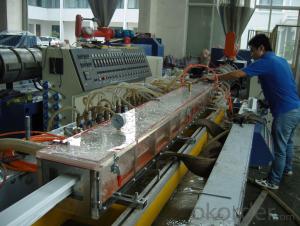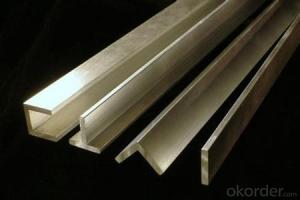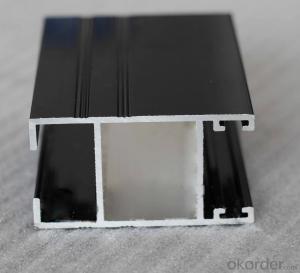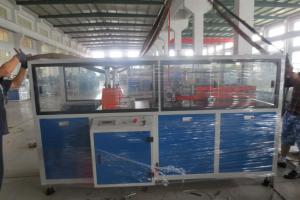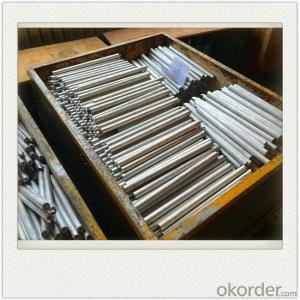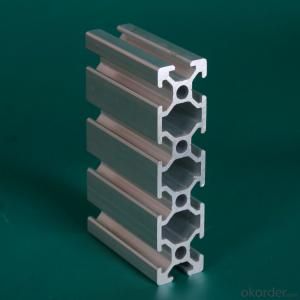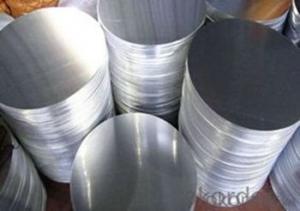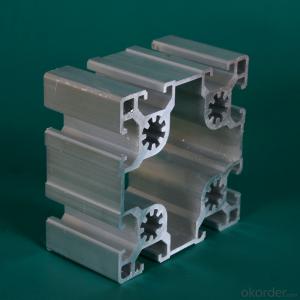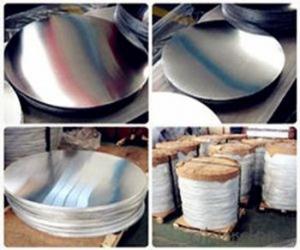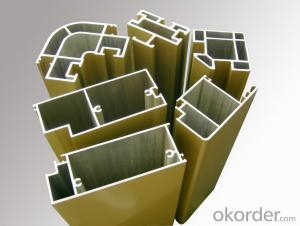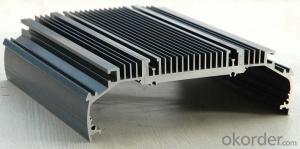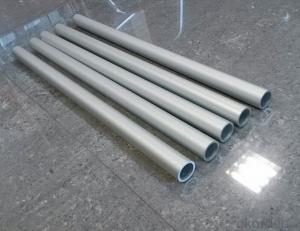Profile Extrusion
Profile Extrusion Related Searches
Best Paint For Stainless Steel Paint For Galvanized Steel Steel Frames For Furniture Self Tapping Screws For Steel Surface Grinding Wheels For Hardened Steel Hole Saw For Stainless Steel Paint For Stainless Steel Stainless Steel For Bbq Step Bit For Stainless Steel Sponge For Stainless SteelHot Searches
Steel Mesh Panels For Sale Price For Stainless Steel Scrap Scrap Price For Stainless Steel Price For Stainless Steel Stainless Steel Tank For Sale Stainless Steel Sheets For Sale Cheap High Tea Sets For Sale Stainless Steel Tanks For Sale Stainless Steel For Sale High Density Fiberboard For Sale Solar Hot Water Collectors For Sale Scaffolding For Sale In Uae Scaffolding For Sale In Ireland Scaffolding For Sale In Houston Type Of Inverter For Solar Price Of Shipping Containers For Sale Types Of Inverter For Solar Stock Price For Aluminum Used Solar Inverter For Sale Steel Mesh Panels For SaleProfile Extrusion Supplier & Manufacturer from China
Okorder.com is a professional Profile Extrusion supplier & manufacturer, offers integrated one-stop services including real-time quoting and online cargo tracking. We are funded by CNBM Group, a Fortune 500 enterprise and the largest Profile Extrusion firm in China.Hot Products
FAQ
- What is aluminum profile opening mold, I want to process a batch of aluminum profiles, the other side to open mold fees also expensive, then I can open the mold of things? I don't know the hero for a favor
- The aluminum molding needs the mold, generally is the extrusion molding, also needs the aluminum material mold opening.The blank in three to the uneven pressure under stress from the die orifice or extrusion gap to reduce the cross-sectional area increased in length and processing method of the products required is squeezed into, this is called extrusion molding processing blank.Extrusion, especially cold extrusion, high material utilization rate, microstructure and mechanical properties were improved, simple operation, high productivity, making the long rod, deep hole and thin wall and special-shaped parts, is less or no cutting process. Extrusion is mainly used for metal forming, and can also be used for non-metallic forming of plastics, rubber, graphite and clay billets.When extruded, the billet produces a three direction compressive stress, and even a lower plastic blank can be extruded.In addition to its application in machining, extrusion is also used in food processing. The dough is extruded by a screw and is extruded into a mold to make macaroni in various shapes.
- For example, 80*80 square tube 2.0mm thick. Or 38*25 square tube, 0.8mm thick, how to calculate the rice weight? Please tell the specific formula, urgent
- Length (you want to count the number of meters) * width (square tube expansion size) * high (wall thickness) * density (you this square tube material density, aluminum alloy gold density is more complex, generally in 2650~2750Kg/m3)1m * (0.08 * 4) * * 2750kg/m 0.002=0.00064m fand fand =1.76KGThen you 80*80 wall thickness of 2 square tubes, one meter is 1.76 kilogramsWindows and doors exchange group (228021644) hope to help you!
- Whether aluminum profile of glass curtain wall needs compulsory test?
- Quality inspection standard for glass curtain wall project required2.7 quality assurance materialsFor the inspection of 2.7.1 aluminum alloy sections, the following materials should be provided:Product certification of 1. profiles.Mechanical performance test report of 2. profiles, profile should be imported by the State commodity inspection department inspection certificate.
- Yes, aluminum profiles can be used for access control systems. Aluminum is a versatile and durable material that is commonly used in construction and various industries. It offers excellent strength-to-weight ratio, corrosion resistance, and can be easily shaped and fabricated. When it comes to access control systems, aluminum profiles can be utilized for the construction of doors, frames, and enclosures. These profiles can be designed to accommodate various components such as locks, hinges, control panels, and readers. The lightweight nature of aluminum makes it suitable for door and frame construction, as it allows for easy installation and maintenance. Additionally, aluminum profiles can be finished with different coatings to enhance their appearance and protect them from harsh environmental conditions. Anodizing, for example, can provide a durable and corrosion-resistant surface that can withstand constant use and exposure to the elements. Furthermore, aluminum profiles can be customized to meet specific design requirements. They can be easily cut, drilled, and assembled, allowing for flexibility in creating access control systems that fit the desired aesthetics and functionality. In summary, aluminum profiles are a suitable choice for access control systems due to their strength, lightweight nature, corrosion resistance, and versatility in design. They offer durability and can be easily customized to meet specific requirements, making them a reliable and practical option for securing access points.
- The load-bearing capacities of aluminum profiles vary depending on several factors such as the profile design, dimensions, material grade, and the intended application. Aluminum profiles are commonly used in a wide range of industries due to their excellent strength-to-weight ratio. However, it is crucial to consult the manufacturer or engineer for specific load-bearing capacity information. Aluminum profiles are typically engineered to withstand different types of loads, including static, dynamic, and impact loads. Static loads refer to the weight or force that remains constant over a period of time, while dynamic loads involve moving or changing forces. Impact loads, on the other hand, are sudden forces that occur due to collisions or sudden changes in motion. To determine the load-bearing capacity of an aluminum profile, engineers consider the maximum allowable deflection, bending moment, shear force, and torsional stress that the profile can withstand without failing. These calculations involve analyzing the geometry, cross-sectional properties, and material properties of the profile. It is important to note that load-bearing capacities can also be affected by various factors such as temperature, corrosion, surface treatment, and the presence of any additional components or attachments. Therefore, it is essential to consider these factors and consult the manufacturer's specifications or engineering guidelines to ensure safe and reliable load-bearing capabilities. In summary, the load-bearing capacities of aluminum profiles are influenced by multiple factors and can vary significantly. It is advisable to consult with manufacturers, engineers, or industry standards to determine the specific load-bearing capacity for a particular aluminum profile in a given application.
- Yes, aluminum profiles can definitely be used in interior design applications. Aluminum is a versatile and durable material that offers a wide range of design possibilities. It can be used to create various elements such as doors, windows, partitions, furniture frames, lighting fixtures, and decorative accents in interior spaces. Aluminum profiles are available in different shapes, sizes, and finishes, allowing for customization and flexibility in design. They can be anodized, powder-coated, or painted to match any desired color scheme. Additionally, aluminum profiles can be easily shaped and manipulated to create unique and intricate designs. One of the main advantages of using aluminum profiles in interior design is their lightweight nature, making them easy to install and handle. Moreover, aluminum is corrosion-resistant, meaning it can withstand moisture and humidity in areas like bathrooms and kitchens. Aluminum profiles also offer long-term durability, as they are resistant to warping, cracking, and fading. This makes them a suitable choice for high-traffic areas or commercial spaces that require frequent use. In terms of aesthetics, aluminum profiles can provide a modern and sleek appearance, enhancing the overall design of a space. They can be combined with other materials such as glass or wood to create a contemporary and sophisticated look. Furthermore, aluminum is a sustainable and eco-friendly material. It is fully recyclable, contributing to a reduced carbon footprint and a more sustainable design approach. In conclusion, aluminum profiles can be effectively used in various interior design applications. Their versatility, durability, lightweight nature, and aesthetic appeal make them a popular choice for designers seeking functional and visually appealing solutions for interior spaces.
- What are the differences between the 6005 and 6003 aluminum profiles?Yangmingxg3
- 6003 of the magnesium content is higher than 6005, and the strengthening of magnesium to aluminum is remarkable. With the addition of 1% mg, the tensile strength increases by about 34MPa.
- Yes, aluminum profiles can be used in marine environments. Aluminum is often chosen for its excellent corrosion resistance and lightweight properties, making it ideal for marine applications. It is commonly used in the construction of boats, shipbuilding, and offshore structures due to its durability and ability to withstand exposure to saltwater and harsh weather conditions.













